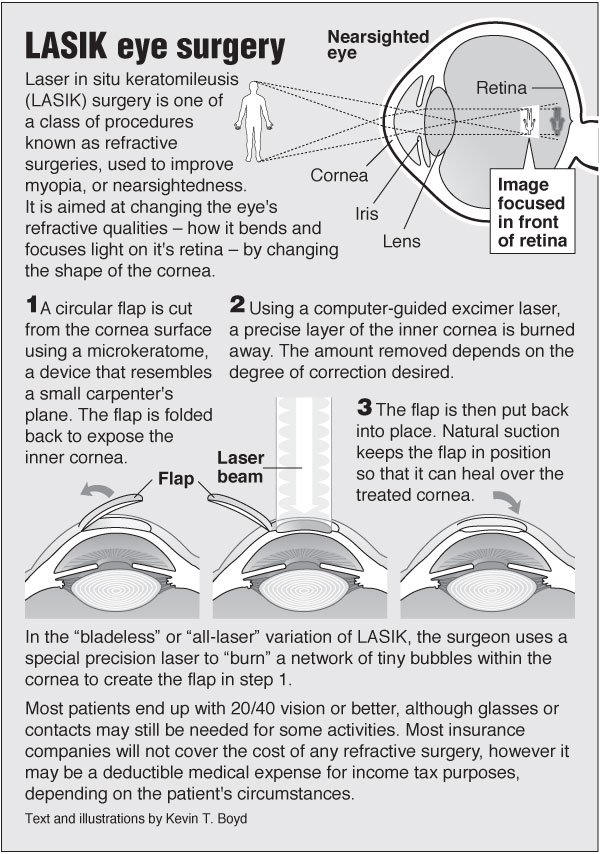A Comprehensive Overview To Refractive Lens Exchange: Details Often Neglected By Your Ophthalmologist
A Comprehensive Overview To Refractive Lens Exchange: Details Often Neglected By Your Ophthalmologist
Blog Article
Published By-Hendricks Wichmann
Have you ever before considered Refractive Lens Exchange (RLE) as an option for vision modification? While it isn't as widely reviewed as LASIK, RLE could be a game-changer for your eyesight. Lots of people forget its benefits, believing conventional approaches are their only option. Yet what are the actual benefits, and what might your optometrist not be informing you about this treatment? Allow's explore the ins and outs of RLE together.
Recognizing Refractive Lens Exchange: The Basics
Refractive lens exchange (RLE) is an operation that can considerably boost your vision, particularly if you're handling presbyopia or severe refractive errors.
Throughout RLE, your eye cosmetic surgeon eliminates your eye's natural lens and replaces it with a fabricated one tailored to your vision needs. This treatment can remedy nearsightedness, farsightedness, and astigmatism, providing you clearer vision without relying upon glasses or contact lenses.
The surgery is commonly fast, taking less than an hour, and most patients experience marginal discomfort. Recuperation is relatively quickly, permitting you to go back to your daily tasks quickly after.
If you're considering RLE, speaking with your ophthalmologist can help you identify if it's the appropriate selection for you.
Key Differences Between RLE and Standard Cataract Surgery
While both refractive lens exchange (RLE) and traditional cataract surgical procedure involve replacing the eye's natural lens, their primary goals and individual profiles vary substantially.
RLE is aimed at individuals looking for to minimize their reliance on glasses or contact lenses because of refractive errors, commonly prior to cataracts develop. On the other hand, traditional cataract surgery generally targets patients who've established cataracts, which shadow the lens and impair vision.
The lenses utilized in RLE can provide a broader range of vision modification, while conventional cataract surgical treatment usually entails standard monofocal lenses.
Additionally, RLE prospects are usually younger and in great total wellness, whereas cataract individuals may be older and have other wellness worries.
Selecting the right treatment depends on your details vision requirements and situations.
Potential Benefits and Factors To Consider of RLE
If you're taking into consideration refractive lens exchange (RLE), you'll find a number of potential advantages that might improve your lifestyle.
RLE can supply you with clearer vision, lowering or eliminating the need for glasses or contact lenses. It uses a possibility to address presbyopia and other refractive mistakes simultaneously, typically improving your total visual acuity.
Additionally, RLE can be a wonderful alternative if you're not an ideal candidate for LASIK. However, it is essential to weigh the considerations, like the expense, possible threats, and the recovery duration.
Reviewing more info with your ophthalmologist can aid you make an educated choice, ensuring you pick the best course for your vision improvement.
Final thought
In conclusion, refractive lens exchange uses a distinct option for vision modification that surpasses what LASIK can provide. It's important to consider the advantages against prospective threats and prices before deciding. Don't hesitate to ask your ophthalmologist the tough questions to guarantee you totally recognize the procedure and its effects for your vision. With the best information, you can with confidence select the best alternative for your eyes and way of life.
